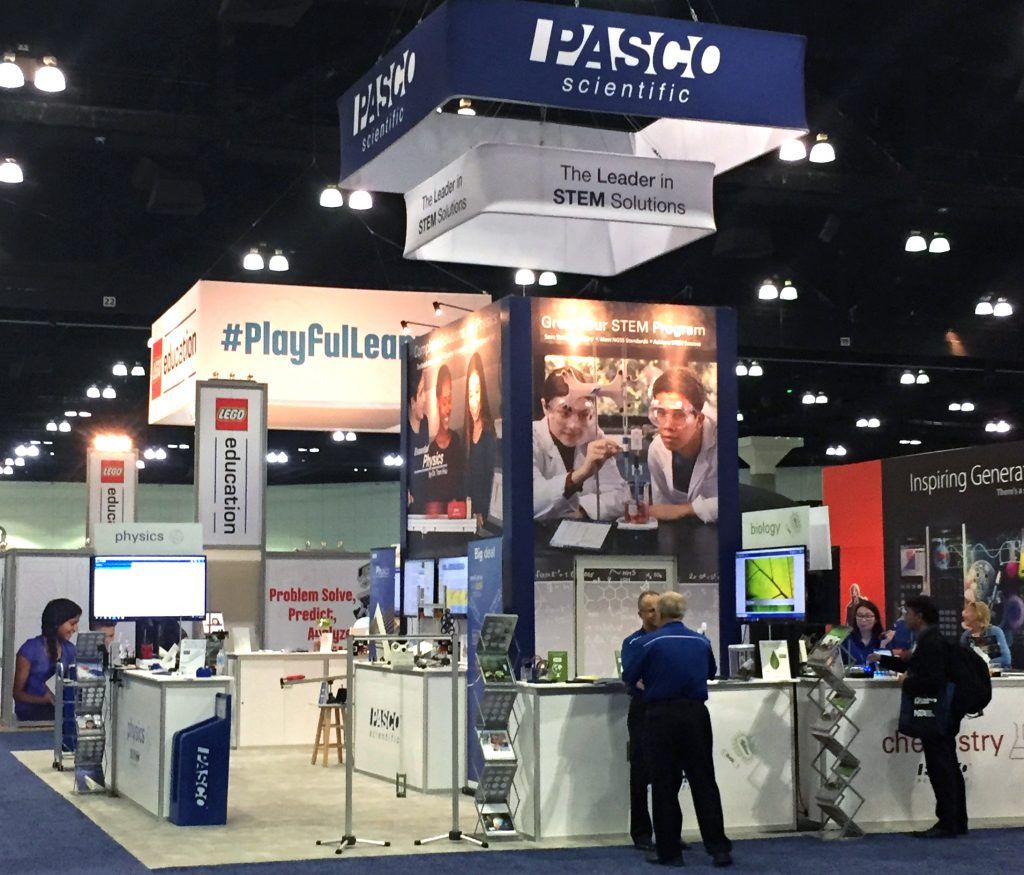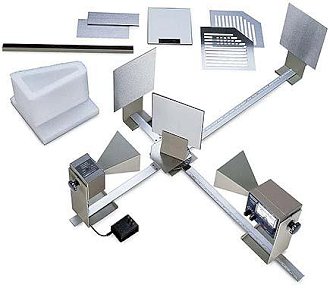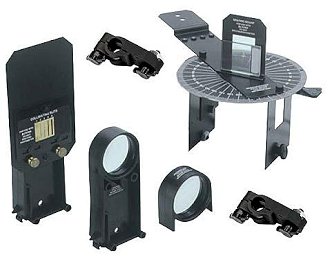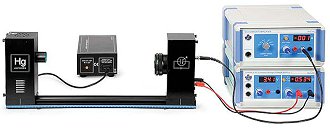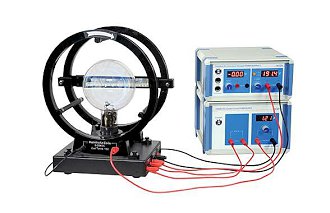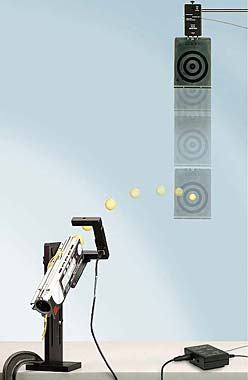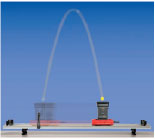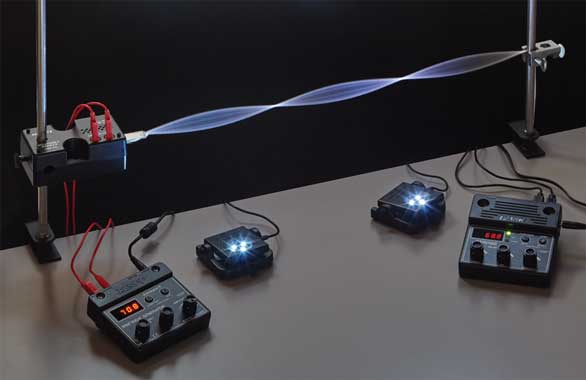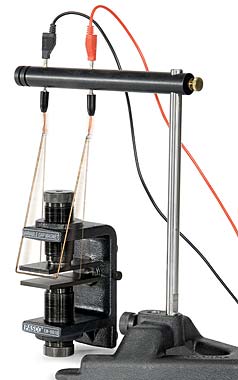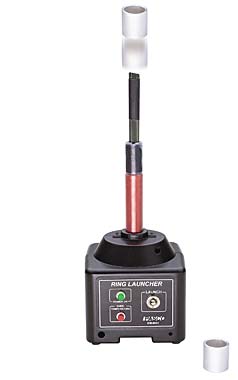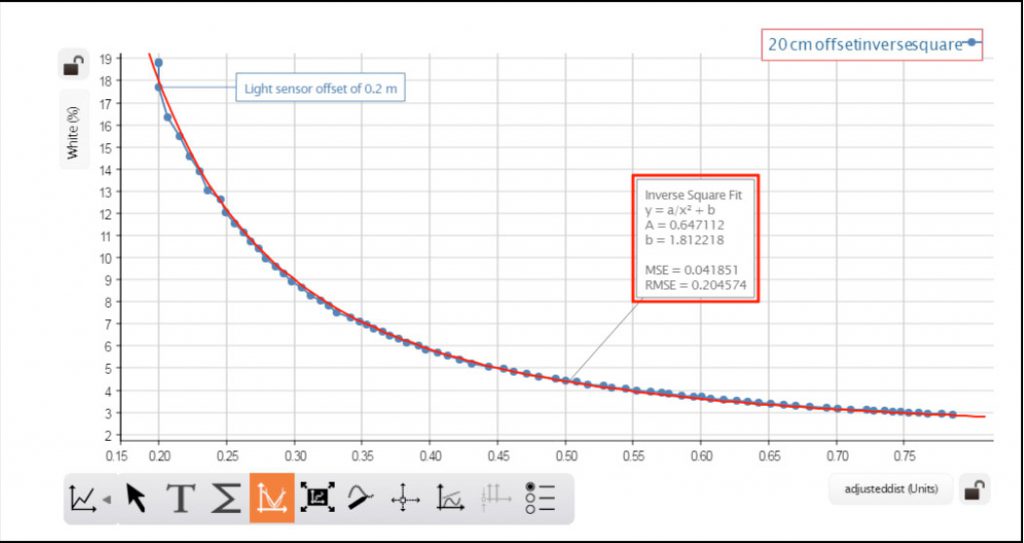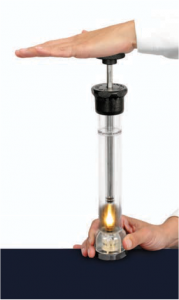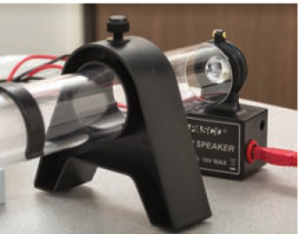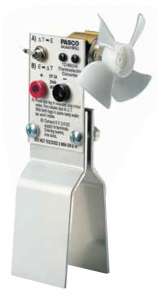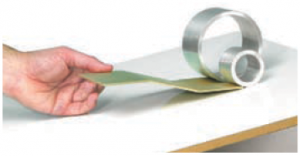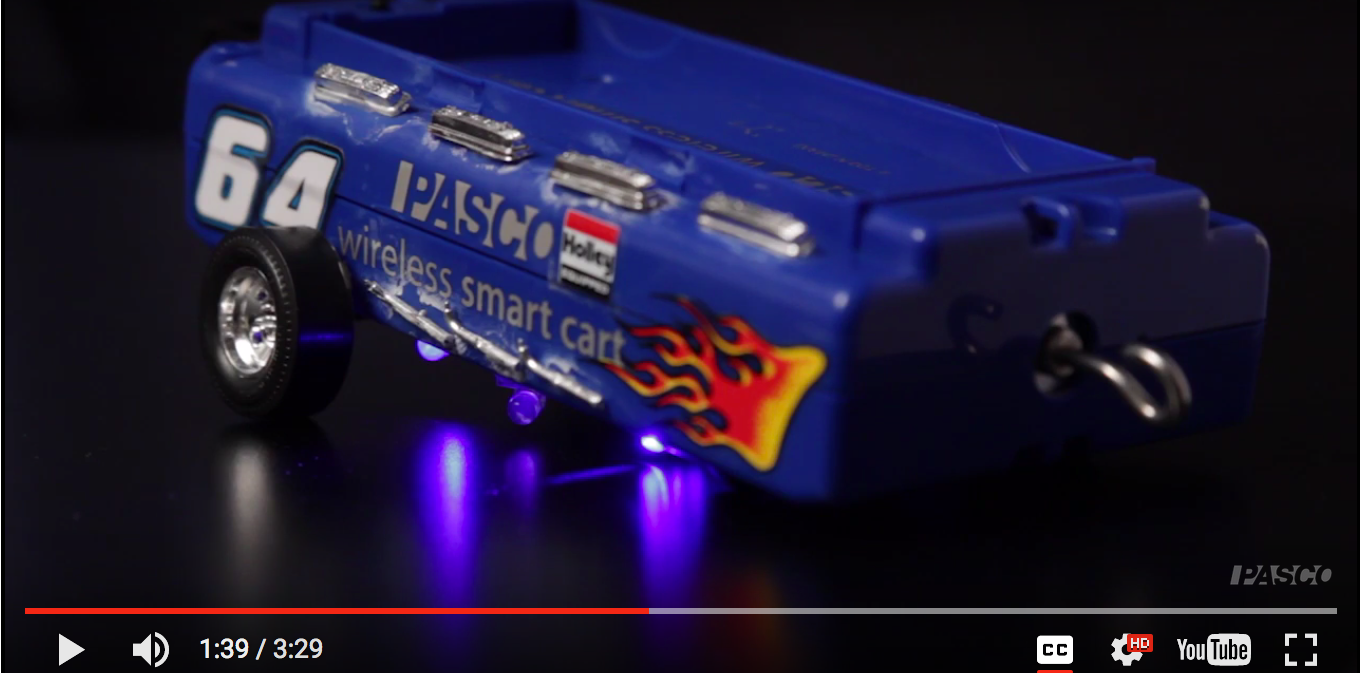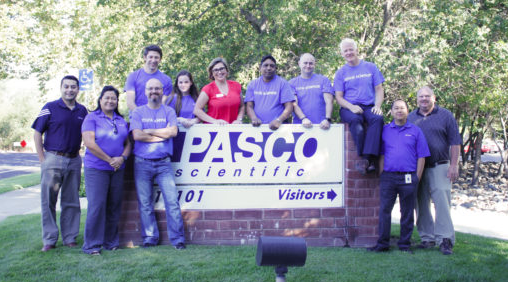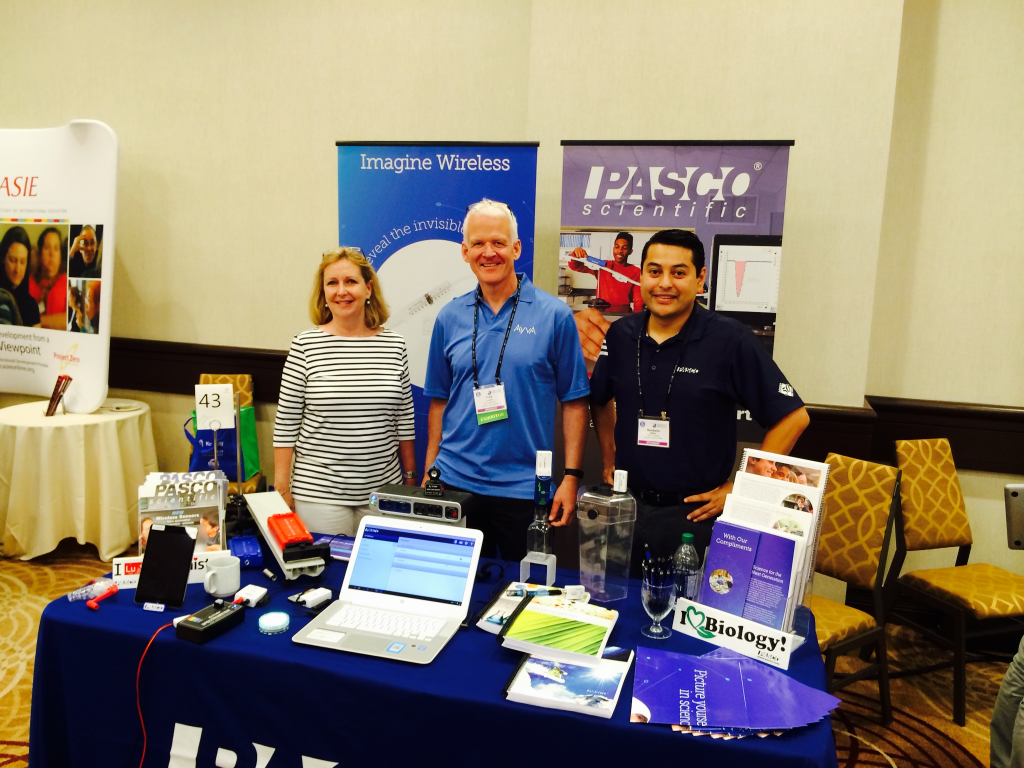Rhonda & Craig Invade LA – NSTA 2017 Recap
We were thrilled to attend this year’s NSTA national conference in Los Angeles.
Our first destination was the exhibit hall where PASCO had a very lively booth with several interactive displays. By far the biggest hit was the ‘Match Graph’ challenge with a super-sized Smart Cart. Who knew that learning could be this much fun! Check out the video to see my less than stellar attempt.
PASCO’s booth was fun, however, the real action was in the teacher facilitated workshops. In total PASCO had 20 unique hands-on sessions that were over flowing with enthusiastic teachers. Time didn’t allow us to see all the sessions, but we did manage to squeeze our way into a very energetic session on the new Modular Circuit Kits. Teachers had a great time ignoring instructions and spent most of the session designing their own unique circuits – obviously investigative learning is not just for students.
We were also fortunate enough to get a seat at PASCO’s workshop session on climate change. The session featured several hands-on modeling activities, including an investigation where teachers used the Wireless pH sensor to monitor the mitigating effects of natural buffers on acid rain. The biggest hit of the session was seeing PASCO’s new Wireless Carbon Dioxide sensor in action. Teachers were excited to discover that a reliable, practical and affordable way to measure CO2 has finally arrived.
Over the next week we’ll share some more videos on our adventures at the conference.

